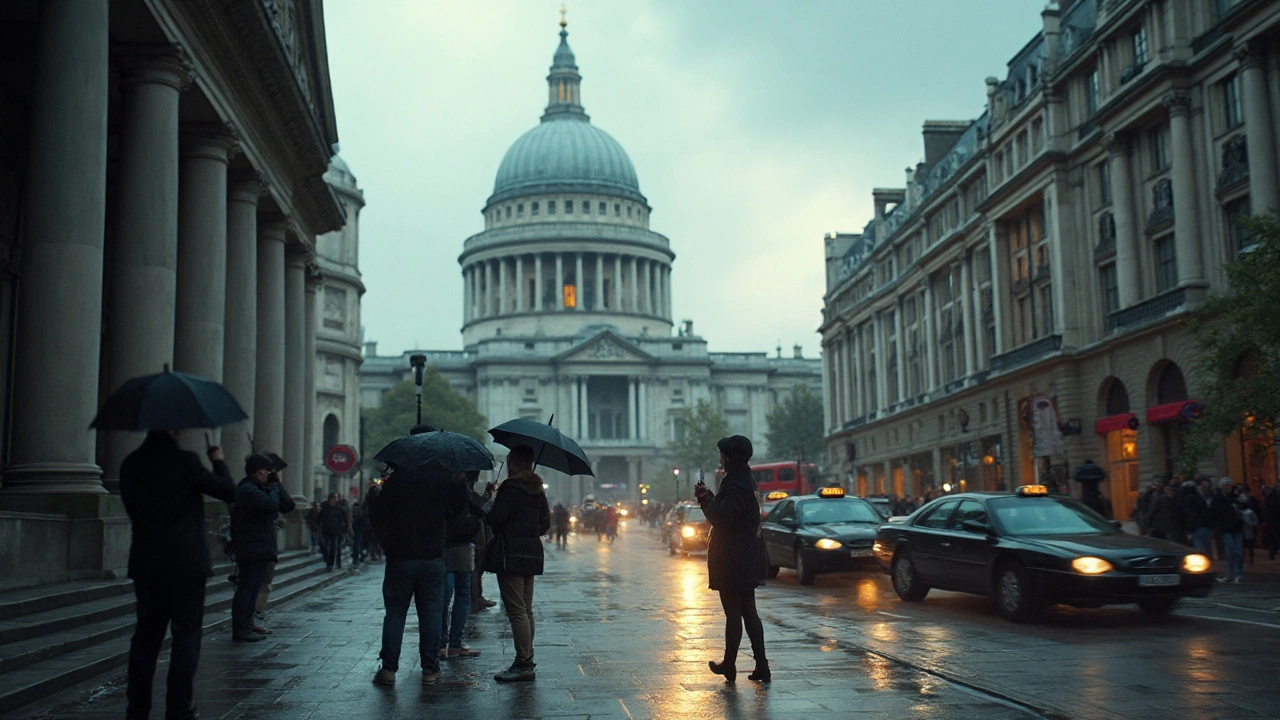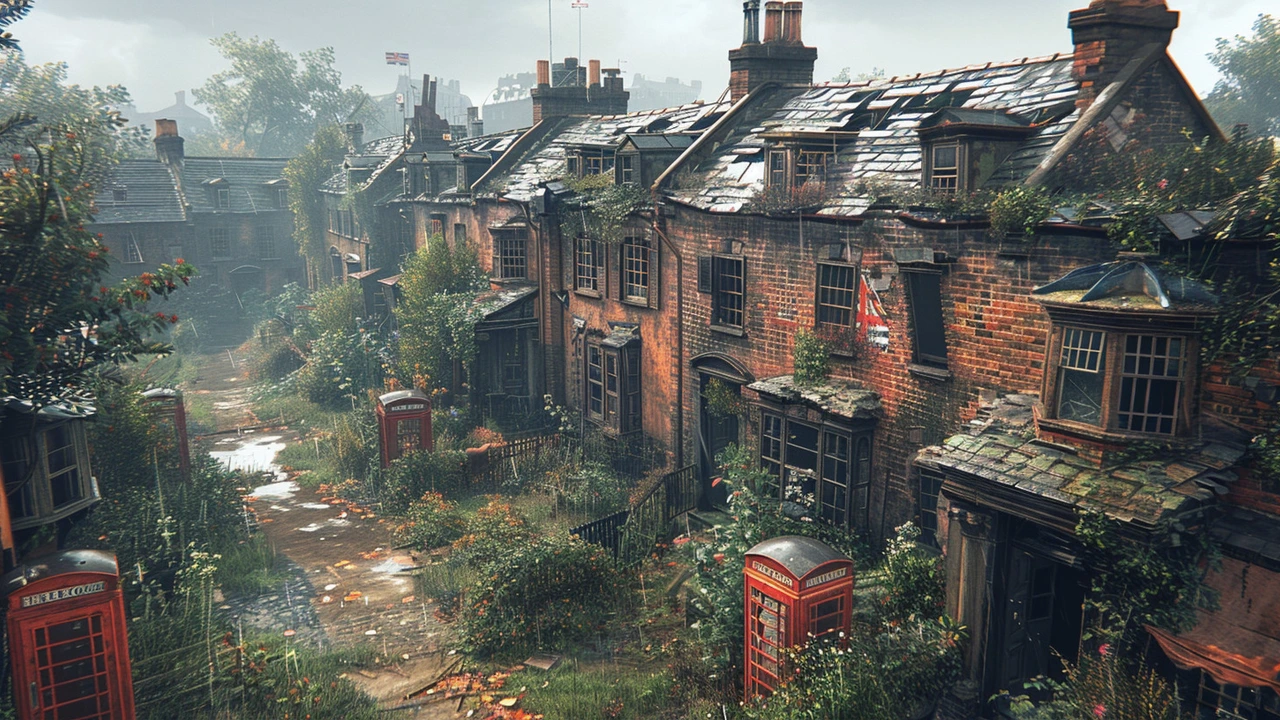Urban planning: design, history, and practical tips
Urban planning shapes how cities feel, move, and grow. If you care about architecture, neighborhoods, or just finding better places to live, understanding planning helps you see why streets are laid out a certain way, why parks sit where they do, and why some buildings dominate the skyline.
Historic styles like Georgian, Beaux-Arts, and Romanesque influenced entire city blocks. Planners borrowed symmetry, grand avenues, and public squares to organize civic life. Revival movements—Greek Revival, Gothic Revival, Renaissance Revival—left clear fingerprints: columns, spires, and civic buildings that anchor neighborhoods.
Modern trends keep changing the rules. Functionalism pushed planners to prioritize use and efficiency. Postmodern and expressionist ideas brought playful forms and visual surprise. Today minimalism often shows up in tech districts and new housing, focusing on clean lines and fewer distractions.
How architecture and planning work together
Good planning blends aesthetics with everyday needs. Streets must move people, but they also set the scene for shops, homes, and parks. Public transit, sidewalks, bike lanes, and green space are planning choices that affect daily life. Preservation decisions matter too: saving a Beaux-Arts train station or a Gothic church keeps memory and character in a city.
Developers and planners balance competing goals: density versus open space, historic preservation versus new growth, car access versus walkability. You can spot these trade-offs by watching building heights, sidewalk width, and where parking appears. A lively street usually means a mix of small shops, frequent transit stops, and short blocks.
Practical tips for readers
Want to evaluate a neighborhood? Check transit frequency, block length, and whether public spaces feel inviting. Notice how buildings meet the street: active ground floors with windows and entrances encourage walking. Large setbacks and blank walls often hurt street life. Parks within a short walk and tree-lined sidewalks are signs of thoughtful planning.
If you're renovating or advocating locally, use clear examples. Point to historic styles nearby to argue for sensitive design. Show where adding bike lanes improved safety or how mixed-use blocks boosted local business. Small, specific wins— a bench, better crosswalks, a pocket park—make a real difference.
On Macklowe Art & Architecture you’ll find articles that connect planning with architecture—from Ancient Roman engineering and Byzantine domes to modern postmodern experiments. Read pieces on preservation, style histories, and practical tips to recognize planning choices on the street. Understanding planning helps you enjoy cities more and speak up about how they change.
Start with the post on Ancient Roman Architecture to see how infrastructure like aqueducts and roads set patterns that survive today. If you like city form and classic facades, read the Georgian and Beaux-Arts pieces to spot layout ideas and civic planning hints. For preserving character, the essays on Beaux-Arts preservation and Colonial architecture explain trade-offs and real conservation tactics. If you want quick, usable advice, the Minimalism Tips and Practical Renovation posts show how small design choices change street life and livability. Bookmark this tag and check back for fresh posts and updates weekly.

How Renaissance Architecture Shapes Modern Design and Cities Today
What survives from Renaissance architecture today? Clear principles, modern examples, and a cheat sheet to spot it in buildings, squares, and skylines.
Read more
The Future of Urban Planning: Embracing High-Tech Architecture
High-tech architecture is revolutionizing urban planning by incorporating cutting-edge technology and sustainable practices. This approach combines smart design with modern technology to create efficient, adaptable, and environmentally friendly urban spaces.
Read more